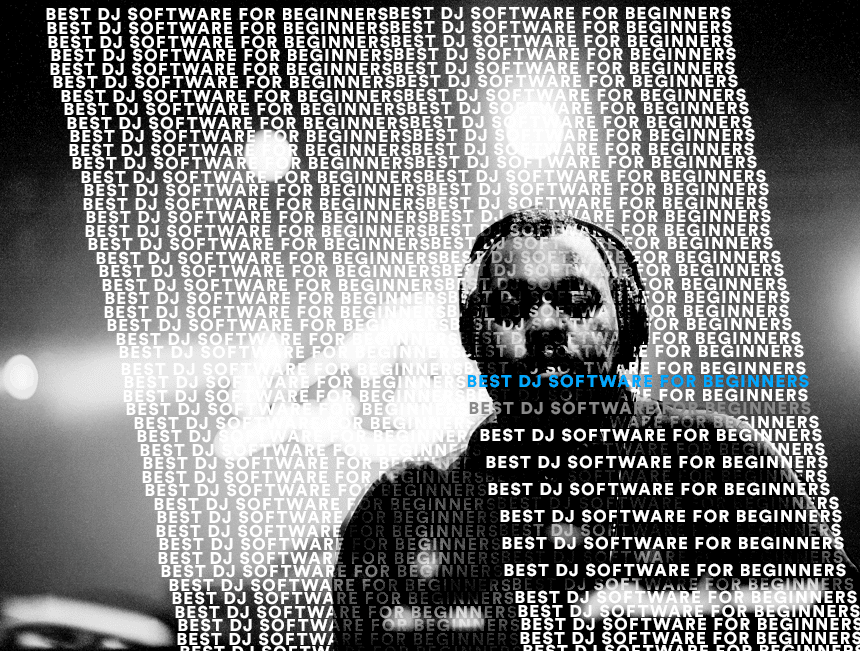
We take a look at the pros and cons of the most popular DJ software packages on the market.
DJing has come a long way since the first records were spun. Now, tech like DJ controllers and USB drives has enabled DJing to take a new 21st century form for those who want it to. (Vinyl is still available.)
If you’re going to begin DJ using your computer, you will have to use one of the many DJ software programs on the market, but which one should you choose? Here is our look at the best computer software for DJs.
Best DJ Mixing Software
Ableton Live
Perhaps the most well-known desktop DJ application, Ableton Live is used by thousands of DJs worldwide. Despite this, the software was not in fact intended to be used as a DJ program when it was first invented. Instead, Ableton Live was meant to be purely a production tool – part of a home music studio, or indeed a professional music studio setup. So what makes this Digital Audio Workstation (DAW) so popular with the disc jockeys (DJs)?
Pros: Use the software on “Session View” and you’ll find a live DJ experience like no other. Cueing up MIDI clips, synced audio, and tracks is a breeze. Ableton’s DAW capabilities mean you can blur the lines between DJ and producer more than ever, making complex new remixes on the fly. It also means it comes with a ton of built-in virtual instruments.
Cons: Really, Ableton has very few drawbacks, especially if you want a one-stop-shop for your production and live DJing needs. Since it wasn’t designed specifically for live DJing, it might be slightly less intuitive than some of the more purpose-built packages.
Use it if: You really want to earn that “DJ-producer” title.
Native Instruments Traktor Pro
Unlike Ableton Live, Native Instruments’ Traktor Pro was built from the ground up with DJs in mind. As such, it has a ton of DJ-friendly functions across the spectrum. There is no key area of focus with Traktor Pro; it aims to have everything you need all round.
Pros: Invaluable features include a Loop Recorder, Sample Decks and Remix Decks. There’s also the software’s unbeatable beat analysis and key analysis functions, perfect for blending tracks seamlessly and taking full control of the mixing process. Never worry about your selections not fitting together again: now you can make them fit. Is designed to work with Native Instruments’ range of DJ controllers.
Cons: The only drawback of Native Instruments’ Traktor Pro is that it can do too much! Well, that’s not the problem in itself: the problem is the display can get cluttered, especially for DJs with smaller laptop screens.
Use it if: You want to do everything.
Serato DJ
Serato is one of the premiere brands dedicated to digital vinyl DJing. That means their DJ software is intended to give DJs an authentic vinyl-playing experience with added digital convenience and capabilities.
Pros: Serato DJ is incredibly easy to use. Its colour-coding system allows DJs to see matching track BPMs and keys at a glance. Its deck-like display is in keeping with the vinyl-like experience. All the effects sound great, and the ability to sort tracks into “crates” is another advantage. Works fantastically with jog wheel DJ controllers. Perfect for scratching
Cons: There are no real drawbacks, but if simulating the vinyl DJ experience isn’t your thing, you may opt for another package.
Us it if: You want to scratch without scratching your records.
Mixxx
This may be the least-known DJ software on the list, but it’s also the cheapest. And at the very low price of free, it doesn’t get any cheaper than this. The low price tag doesn’t mean no effort has gone into the product though. Mixxx is an open source collaboration between like-minded mixers, all of whom are focused on creating the best low-cost alternative to the often expensive mainstream DJ software packages. So how does it hold up?
Pros: The price is a big plus with Mixxx. You really have nothing to lose by trying it out. As for its actual capabilities, those are pretty good too. It has BPM detection, waveform view, crossfading and looping features, just like its more expensive counterparts, but admittedly in much less detail.
Cons: The software’s MIDI capabilities leave a lot to be desired, and the interface is sometimes a little obtuse, which makes it difficult to get the hang of for some.
Use it if: You want more bang for your buck.
